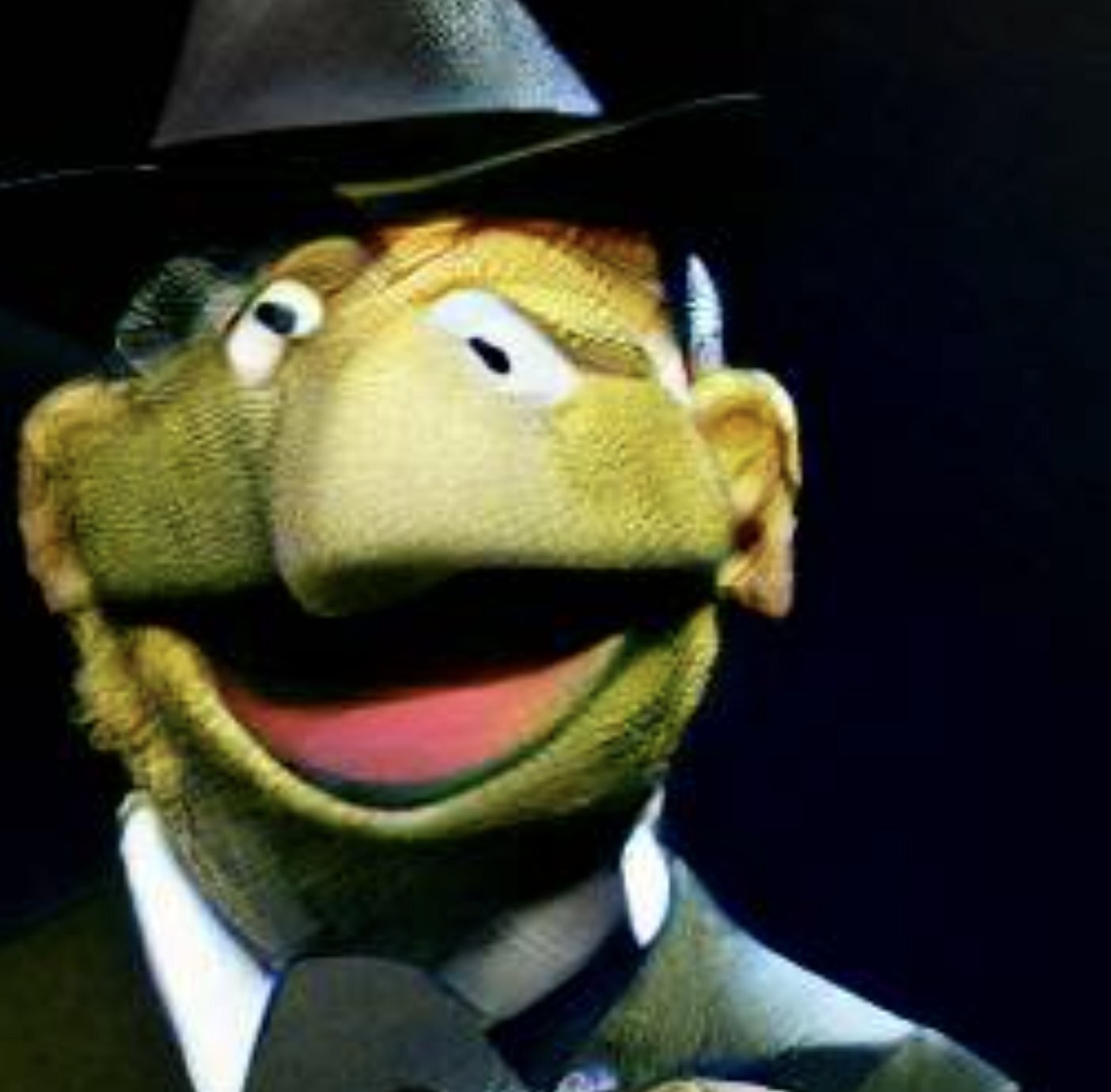An image from the AI-visualized shoot-’em-up game Shoon, whose art elements were developed exclusively through Midjourney. (via Unity Room)
I admit that my adventures in AI image generation sort of hit a dead end after a bit, based on the fact that I stopped updating my meme account after a couple of weeks, but I do think that AI-based images have a lot of potential, even if what that looks like may not be clear directly off the top.
The thing is, Dall-E 2 and Midjourney seem like genuine groundbreaking ideas, and that can feel threatening to people who actually create things. After all, if someone can create a good-enough artwork and replace all of their images on their corporate blog, as a popular Hacker News post recently highlighted, who needs stock photos?
But on the other hand, it can also be a way to help generate new forms of inspiration. I have to admit that’s how I felt last night when I spotted a share from Rob Sheridan, Nine Inch Nails’ former art director and someone who I often find a lot of common ground on around creative topics, when he highlighted a shoot-’em-up created in Unity from graphical assets developed using Midjourney.
https://twitter.com/Nao_u_/status/1558595111147425792
Immediately, my mind went places. This art is not quite to the level of a AAA game, but it’s far closer than it has any right to be based on the fact that the assets were generated through artificial intelligence. This use case clearly highlighted how artificial intelligence could not just create art with limited human input, but also prove the starting point for new human-created artistic works.
It’s not that having an actual person wouldn’t be valuable in cases like these—it’s that bringing in more people can cut down on the potential velocity around simply testing an idea, generating a proof of concept, and ensuring it works.
Video games are a great example of this. In the early 1980s, it was common for games to be developed by a single person who had full ownership over the development process. This often led to truly unique games like Howard Scott Warshaw’s landmark Yar’s Revenge, but the challenge was, this kind of creativity wasn’t scalable. As games became more complex, it often meant creators or small creative teams would be developing ideas over years, trading a reasonable process for creative control.
If someone can develop a whole video game from art generated by a computer, that means they can spend more time focused on the mechanics, the story, and other non-visual elements of the game to help drive more unique approaches. That’s not to say that the visuals don’t matter—they do—but they can be one of the most complex elements to get right, so AI-generated visuals can allow the creative process to continue elsewhere, without slowing down.
https://twitter.com/VolstofResearch/status/1518273101145919488
Sheridan has been doing exactly this, utilizing AI art to create an alternate reality story called the Volstof Institute for Interdimensional Research. It’s not that he couldn’t create some of this art—he is a talented artist himself. It’s that AI allows him to scale some of his thinking so he can tell a new type of story without having to go through literal months of work to just generate images.
Some are already calling for a game based on his work. Awesome—if he wants to go to a game studio and get it made, he can sell a complete concept to them now, based on work he’s already generated, rather than a vague idea.
I think there’s a fear with artificial intelligence that if we allow it to simply propagate, it’s going to lay ablaze everything in its wake, that people are going to be looking for a way to cut costs, rather than generating new ideas. (I made a joke to this effect just last week.)
But if we treat MidJourney and Dall-E 2 like creative tools, rather than tools that are gunning for our jobs, there is a significantly higher chance that they may actually raise up creativity for others and allow new, more complex ideas to be generated, rather than having to scale down ambition due to lack of resources.
Sometimes a singular vision needs to live in one person’s brain to truly thrive. By bringing AI into the picture, suddenly, that story becomes possible to tell.
Time limit given ⏲: 30 minutes
Time left on clock ⏲: 3 minutes, 15 seconds



